Causes of B737 accidents in India – An Opinion
Why do B737 accidents take place in India - An Opinion
A look at some of the main organisations in Aviation in today’s scenario along with their subduction towards flight safety and accidents on B737s in India.
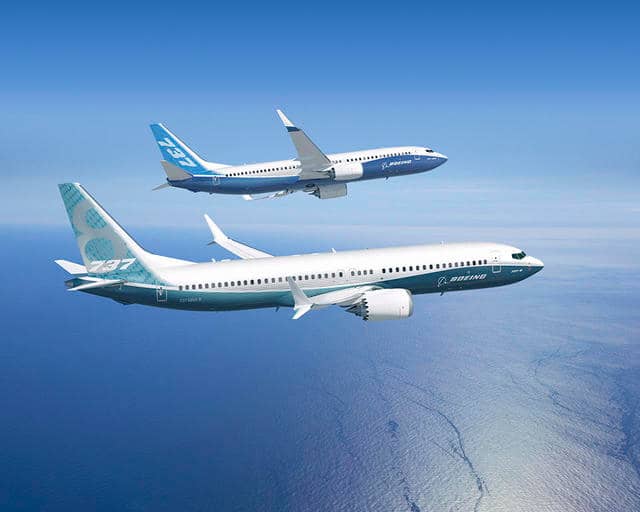
Aviation is a very exclusive domain and the public gets fascinated by the rhetoric of the experts on TV after an aircraft incident or accident. The field of flying is three dimensional which often provides an ‘ILLUSION OF COMPETENCE’ to humans, but time and again an accident or incident reminds us that air is the realm of birds and to master it one needs to strictly follow the 'DILIGENCE OF SAFETY'. The involvement of multiple agencies in the field is an added disadvantage especially when individuals from unfamiliar terrains assume the position of eminence. Further, the ingratiate nature of the officials to the bosses certainly is an antithesis to Flight Safety.
Let us look at some of the main Aviation organisations along with their subduction towards Flight Safety and then discuss accidents on B737s in India.
Manufacturer
In today’s world the concept of safety, unfortunately, lags the monetary consideration.
The teething problems of the 787’s, the unfortunate accidents on the 737 max and the engines of the 320 Neo aircraft, all point in this direction.
Lately, it has also become fashionable to give the least information on the systems to the regulators, maybe because of interference and to end-users probably due to the threat of legal suits in case of accidents.
Motives of profit by low-quality products coupled with high volume sales by the leading manufacturers today are certainly awry to flight safety. Procedures that may be safer are buried under the carpet for fear of litigation.
The cheap Made in China products has crept into Aviation which is a disaster in this highly professional business.
However, I must admit that the manufacturer still ensures to put very safe airplanes in the air albeit balancing pecuniary and safety considerations.
Regulator
In India, the regulator is a bureaucrat who has limited knowledge or training in the field of aviation, which is highly technical in nature. The subject even though very fascinating is beyond the realm of the common man and entrusting the regulator job to a bureaucrat is certainly squalor.
The colonial rule has left us with a “Master-Slave” delusion, that being effusive to the boss, pays rich dividends even while being inept.
When accidents/incidents happen, the top man suddenly finds himself in unfamiliar territory, since the advisors only deliver what the Boss wants to digest and mostly and not necessarily the truth.
The first question asked after an accident is who is at fault or who should be blamed.
All recommendations of the BOI will be slashed away at the behest of profit-hungry entrepreneurs who regulate these regulators quid pro quo year after year and new relaxations in-flight safety rules emerges out of thin air.
It is time that professional pilots with administrative experience are given the mandate to handle DGCA as was the case earlier. Not an easy task since the bureaucracy will not let go of such powerful posts and in the process flight safety will take a back seat.
Operator
It is unfortunate that every operator wants maximum profit even at the cost of safety and slowly the system gets diluted and the final nail is on the pilot’s head.
It has become a trend to question the pilot even when a few additional dollars are spent to fly a safer route due to weather or for carrying additional fuel for holding delays. Additionally, the pilots are burdened with a huge number of unserviceability in the disguise of MEL (Minimum Equipment List), since the operator delays replacement of faulty equipment.The practice of outsourcing has certainly reduced the cost of operation but also has reduced the accountability factor and hence, safety. A new power center has arisen in the cooperate world in the guise of Human Resources.
The original aim of this elite group was to understand and help the working class but these so-called Masters of Business turned out to be the wolf in sheep’s coat and has become the biggest enemy of safety in the aviation world.
The recent pay cut to the actual working class of pilots and cabin crew in Air India against their own cut during this COVID phase is a glaring example. Such a severe pay cut for pilots one week after the Tata group expressed interest in AI is the pis aller of the top management instigating the pilots to strike in order to scare away the prospective buyers.
Imagine a pilot’s stress with housing loans, car loans, educational loans, and children studying abroad and suddenly their pay is cut by a massive 65%.
Stress induces an increase in blood pressure and in adverse conditions is a massive recipe for disaster, especially when faced with difficult monsoon conditions, long flying hours and landing at night on small runways in rain, a fact which is beyond fathomable comprehension of the HR paper tigers and financial wizards sitting in the AC comforts of their cabins.
An airline needs to improve the ergonomic condition of the men and women in the flight deck and cabin not only for safety but also for commercial considerations because they are the ambassadors to the customers.In fact, a content and happy crew will win back your customers but seldom does this idea appeal to the bosses who are perpetually penny wise and pound foolish. To save Air India from these charlatans, my CRI-DE_COUER to the original parent would be ‘Tata-buy-buy‘.
Crew
The factoid that the pilots are overpaid and transcended does not help the situation any better and a reality check is the need of the hour.
Young kids join aviation due to its glamour and also with the inception that there is not much to study. On the contrary modern aviation is an ever-growing technology and a vast amount of training and hard work is required to keep the license current.A flight crew without his or her license is like a fish out of water and apart from studies, medical checks every 6 months to one year, is a major handicap to keep his or her license current.
Aviation is one profession where a minor illness can put brakes on your income to zero, thereby putting lots of pressure on the individual by whatever method to keep oneself fit.
From the radiation and jet lag effects of Ultra-long flights to the daily domestic operations of flying during the window of circadian low, aviation continues to be a constant threat perception, if strict rules and regulations are not followed and practiced.
Finally, the crew being the end-user is also at the receiving end of the manufacturer, regulator, and the operator. There are times the crew also comes under the receiving end of unruly passengers for following the regulations to keep their license intact.
Issues of on-time performance, medical emergencies, turbulent weather, technical problems, unruly passengers are some of the minor irritants that the crew has to go through on a daily basis. All along he is also expected to remain calm and composed to execute a safe takeoff, climb, cruise, and execute a landing at the destination or divert to a safe alternate airfield. In spite of all these, the pilots are often looked at with envy and jealousy by all other departments in their companies and even from the regulators.
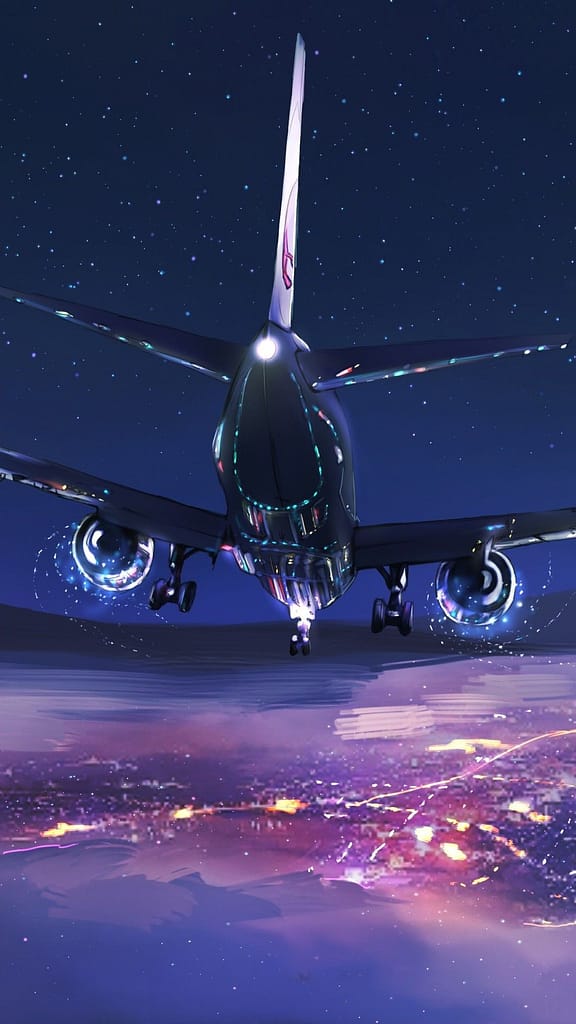
To see more awesome images of Boeing-737
Accidents
Let us now look at accidents that have taken place in India over the last 20 years but before that one should understand that an accident is normally a culmination of many factors including stress level of the individual pilot coupled with environmental factors and may be added with incorrect flying techniques and practices which are normally corrected in simulator training.
However, learning from past accidents is one of the most important aspects of aviation which, somehow I feel, is a point which we should not be very proud of. Has the recommendations of the experts, put into practice after the Mangalore crash, or have we missed out some important aspects, is something we need to ponder.

If we look back over the number of runway overruns in India over the last 20 years, some stark facts emerge which unfortunately seems to have missed the attention it deserves.
Most domestic operations in India are carried out by two major aircraft which are B737 and A320. While both these types of aircraft fly extensively in monsoon conditions which are unfavourable, the statistics show that B737 has a much higher overrun as compared to A320.
A glance at the DGCA accident site reveals that there has been no runway overrun or thrust related accidents on A 320 but the same is not true in the case of B737.
Does this prove that A320 is a safer aircraft than B737?
The obvious answer is ‘No’ but what then makes the B737 to have more overruns or runway excursions towards the end of its landing roll is certainly worth an investigation.
As explained earlier, an accident is a culmination of various factors but purely from the flying point of view especially during an approach in bad weather on short runways few things can go wrong. Height, speed, and direction are three crucial aspects of this phase of flying. If one is flying the ILS, the height and direction factors are taken care of, if the aircraft is on autopilot and as an experienced pilot I can vouch that till the airfield is in sight and cleared to land by ATC, no pilot will manually take over as it is the standard operating procedure.
The other aspect is the speed control and here is where the autothrottle comes into effect. In A 320, the autothrottle is on till flare height which means the pilot has one less burden on his shoulder to control speed. One would certainly agree that automation is far superior in adverse conditions than manual control.
The B737 also has a very superior autothrottle system which is capable of CAT 3 landings but for some unexplained reason, Boeing recommends manual throttle while manual flying. The pilots have a tendency to go manual when the runway is in sight and therefore following Boeing recommendations they disconnect the autothrottle.
A stressed pilot in adverse weather may not be at his best to control his speed in gusty or tailwinds and this one factor may be the initiating root cause in B737 overruns.
A high speed touch down increases the chances of aqua planning and thereby increasing the landing roll. The first action of the pilot on touch down is to apply reverse thrust and once reverse thrust is applied he should not go around, as per the manufacturer and rightly so.

What one needs to decipher is whether this single initial factor of high speeds on approach in B737 due to Boeing recommendation of manual thrust during manual flying is the sole reason for such high levels of overruns and if so is Boeing willing to correct this mistake at the risk of many possible litigations?Many wide-body aircrafts land on tabletop runways without many problems and the fact is all of them fly with autothrottles, adds to the above argument.
While I cannot say with any authority the reasons for the unfortunate Calicut AIE crash which is under investigation now, I certainly feel that after the earlier Mangalore crash, DGCA should have checked with Boeing the feasibility of autothrottle operation even in manual flying especially landing in adverse weather and short runways.
In aviation, superiority lies in avoiding a situation that requires the use of superior skills.
I am unaware of any competitive studies carried out or if anyone has studied the statistical data at the regulatory level or even at the manufacturing level to mitigate the overruns of B737 aircraft. No other country can boast of 4 months of adverse weather conditions that we pilots in India are subjected to but unfortunately, familiarity breeds contempt and overconfidence may set in.
The controllers too are timid in closing down the airports and asking aircraft to divert probably due to mastigophoran. In contrast, the US ATC closes down airports during lightning to safeguard the ground personnel working on the tarmac. Value for human lives takes precedence over all other factors which edify the concept of safety right from lower echelons. Let us sincerely hope that the new investigating team takes these factors into consideration and the Regulator acts with wisdom rather than be the spokesperson for the rich and not so famous business tycoons of aviation.
– A personal Opinion by an aviation veteran

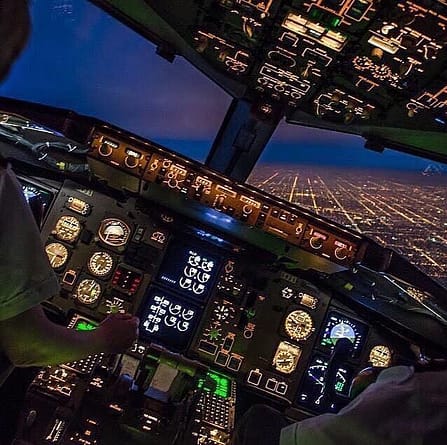
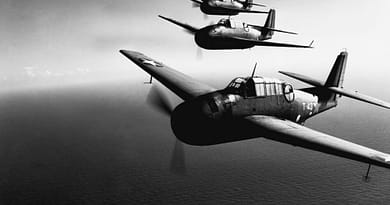
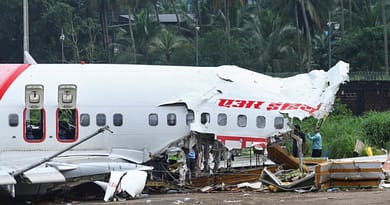
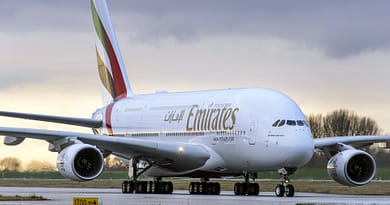
The overrun analysis and the basic difference between the A320 and B737 Autothrottle systems and recommended techniques by manufacturer have been highlighted well. Perhaps it is time to go back to the drawing board.
Nice article. Having speed controlled by auto throttle would surely be a great help to the pilot especially under adverse conditions. Besides maintaining accurate speed he would have more spare mental capacity to assess the progress of the flight and take correct decisions . Decision making is the key factor in flying. If the Captain is physically engrossed in flying in bad weather than much of his cognitive abilities are restricted to maintaining correct flying parameters. PM or PNF would always have much more SA during such times and such would be better placed to take critical decisions (like to abort landing). However the problem comes up when there is large gradient between the experience /seniority of the two pilots. As such the less experienced PNF would hesitate to call out to the Captain who could be much experienced than him. Malcolm Gladwell in his book ‘Outliers’ brings out this issue and says “Planes are safer when the least experienced pilot is flying, because it means the second pilot isn’t going to be afraid to speak up”. CRM has been , and effectively, addressing this issue but there have been far many instances where the PNF did not give the required caution forcefully.
CRM remains the cornerstone of what needs to be addressed in each accident/incident, no matter how trivial it seems as a contributory factor to any accident.